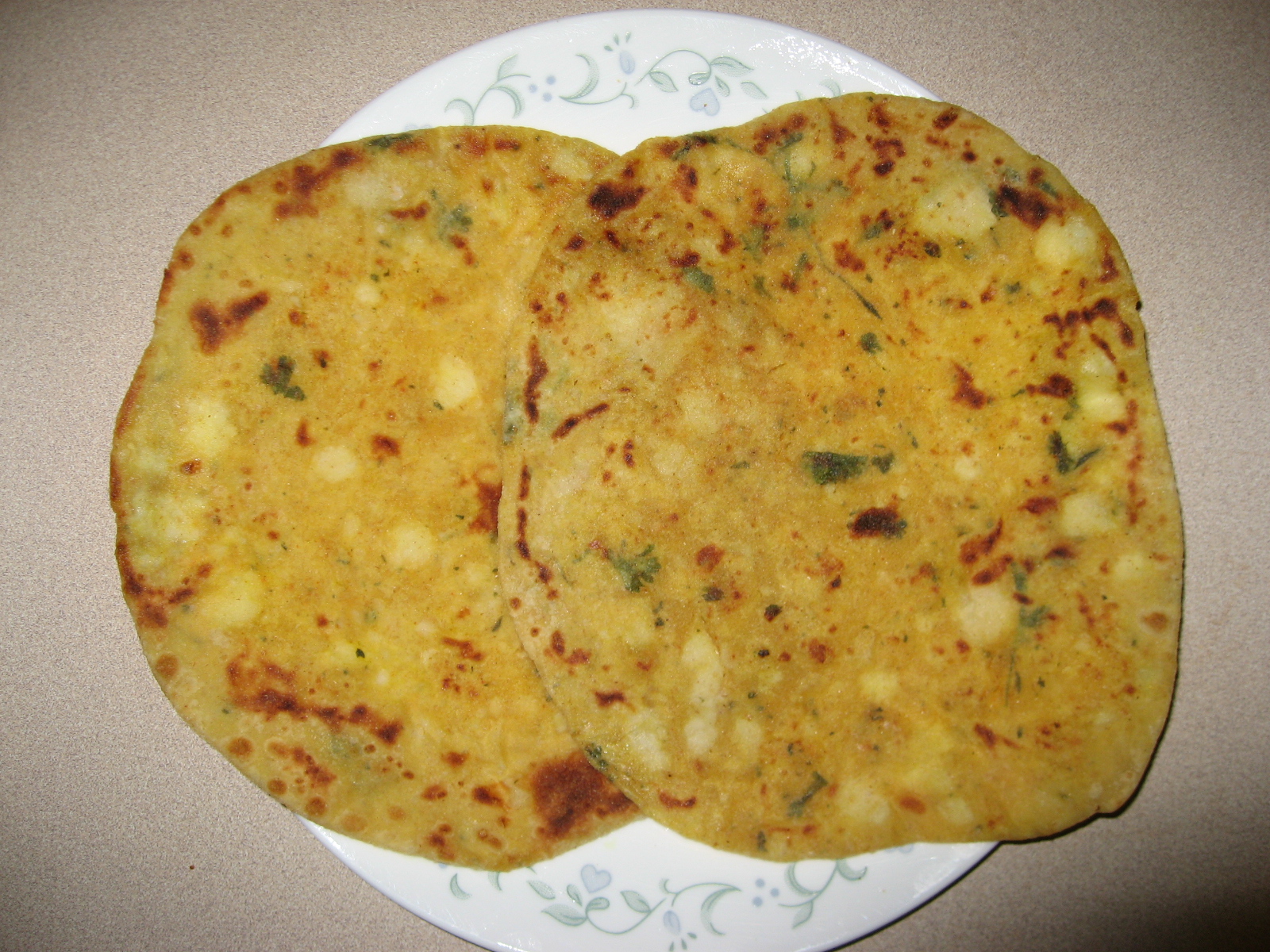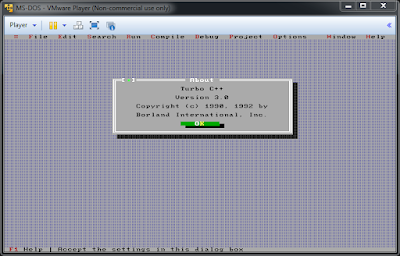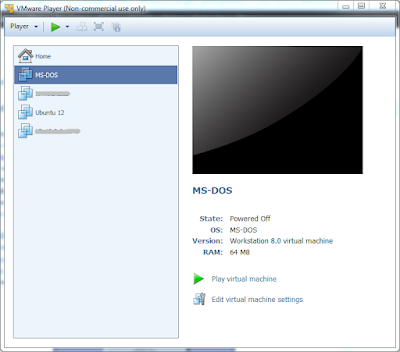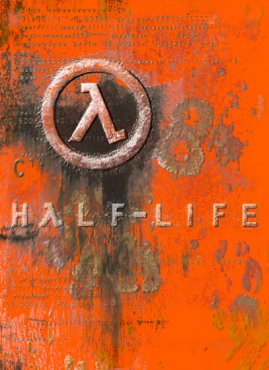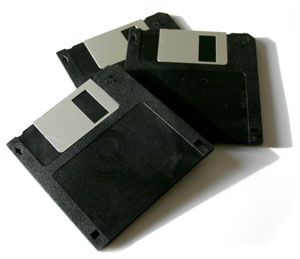I've always been fascinated by UFOs (Unidentified Flying Objects) and stories related to these alien objects. The first story that I heard was back in 1989 when I was in Jaipur. The landlady woke up one early morning to see a bright circular object above the Shahtut (King White Mulberry) tree. She almost fainted and came back running back inside. Jaipur at that time was famous for these alien and witch stories and I use to hear one every other day so this one did not look that convincing. Until one night when I was lying in the open staring this big bright strange looking star that looked so different from the rest. Suddenly it started moving and disappeared after a few second. I believe it was *something* unidentified (no it was not a satellite). As I grew up and had access to internet, my interest in these UFO/Alien talks started growing and questions like "Why are we here", "Who are we" started popping up in my mind. I am sure these questions bother every individual sometime in their lifetime, it came to me at 25. I believe it all started with computers and programming. As I read and understood more about computers and how they work, I started relating computers with real life scenarios and found a lot of similarities in the working of things. Through this post, I'll try to convey what I think about the whole world. Please be warned that it may all sound like the daftest things you've ever heard.
Okay so we then put a pair of these robots on Mars (depends on whether the robot is self-replicating or needs a partner) and watch the game called "Life". We can track their positions and see what the robots are up to, sitting at a control room on planet Earth. Occasionally we visit Mars in our special aircraft, something that those robots have never seen, amusing and scaring them with our technology. Imaging how much fun that would be. We would become "Gods". These robots will then pray to us, singing songs, doing all kind of things to amuse us. Certainly we could help them sitting on Earth. We might incept an idea in their brains (maybe a lottery number), change their behavior, or do something that can change their life or circumstances around them, depending on how the devotee amuses his God. We would certainly put constraints on what these robots can do so they can never "outshine their masters". Years later, they might start questioning their existence "Who are we?", "Why are we here?", looking at all the complex design we have given them. They'll start their exploration, trying to find their creator, trying to solve the mystery until one day when they reach the peak of their intelligence and humans see them as a threat to their own society. Boom... goes the game and we start it again, this time with a robot version 2.0 and lot more stuff in the environment.
I don't believe in "Gods" like people do but I do believe in Creators because I believe everything is for a reason. We are here for a reason, we are made this way for a reason, earth rotates for a reason, every little thing in this universe exists for a reason. Our creators surely did not have a magic wand. It becomes clear when we see our body and things around us which are clearly understandable. For example out Food System:
(Input) -> (Process to get energy) -> (Output)
If the creator is so powerful, why can't (s)he just did a "swoosh" with the magic stick and made an "all flesh" thing that "just works", hiding all the details of its working. He is not suppose to answer or explain anything to anyone (not even to his wife I guess). If we remove our organs, our body is not going to function no matter how much time we spend in the church or temple or any other place made to initiate contact with the creator. That means he does not have a magic stick at all. Its all logical. He/They designed the whole system. The creators enjoy watching us as we uncover the mysteries each day, as we try to reach his level of intelligence.
class Human : ILiving
{
BOOL Usable()
{
// check if body is usable and return appropriately
}
}
The loop is responsible for calling this Usable method at defined intervals to check if the program (human body) is usable or not. If the method says NOT, the OS throws the program out of the loop and we "die". Sometimes the body, though usable, is unable to respond to this Usable call and body dies even though the problem is perfectly curable. If we connect this idea to our previous discussion about robots then this means that all our robots on Mars will be connected and controlled (not literally) from the control room on Earth. If a robot looses control with the control room, it becomes non-functional. Which makes sense because if it goes out of our control/sight/monitoring, it might become a threat to us so its better to make it dead as soon as it looses connection.
I don't believe in reincarnation at all. Soul cannot have any information. All the information is stored in our memory which gets destroyed with the body so it seems impossible how a person can remember things from his previous life. This is beyond logic. Also, we can't go to other worlds (Heaven or Hell) without a body. We can't feel good or be tortured without a body. If that were possible then what's the use of having such a complex body structure at all.
In Hindu religion, there's a word called Mukti which means final release (something like the FinalReleaseCOMObject). Hindus believe that if for some reason like Moh the soul cannot go back to the loop then it dangles between the two worlds until a special Havan is performed and the soul is released. In a computer world, you can see the same scenario when a program hangs or exits unexpectedly. The program is gone from sight or freezes but remains in the process list (Task Manager for MS Windows users) until the user explicitly kills or releases it. The same *may* apply to us otherwise where would the Hindus got the idea about this release and performing *actions* to release the soul when its stuck. This kinda makes me believe in ghosts. I am not sure how useful the Havan is today. We might have lost the real knowledge to perform such things.
"History repeats itself". That's what we are going to do someday. We were made, the system was made and the game was started. We are going to do the same, creating a hierarchy of Creators ("Gods").
References:
16-DEC-2012: Master Computer Controls Universe - Times of India
Creators/Engineers
I believe that we are built by a superior civilization that exists somewhere out in the vast unknown universe. These so called superior civilization built us in the same way we humans are working on robots. They found or created a place where their robots can survive. Imagine 100 years from now we humans have successfully built a robot that can reproduce itself, generates energy to run its components by consuming Nitrogen and can develop or improve itself on its own. When we say "Life", we compare it with our living conditions, oxygen, water, gravity etc and when we say human we think that it will always be made of flesh, blood etc. "Life" could have a different meaning depending on from where you view it. If these robots starts thinking, they'll term their activities as "Life" which is basically an experiment or game for their creators. They'll not have flesh or blood inside them but they'll term themselves as humans.Okay so we then put a pair of these robots on Mars (depends on whether the robot is self-replicating or needs a partner) and watch the game called "Life". We can track their positions and see what the robots are up to, sitting at a control room on planet Earth. Occasionally we visit Mars in our special aircraft, something that those robots have never seen, amusing and scaring them with our technology. Imaging how much fun that would be. We would become "Gods". These robots will then pray to us, singing songs, doing all kind of things to amuse us. Certainly we could help them sitting on Earth. We might incept an idea in their brains (maybe a lottery number), change their behavior, or do something that can change their life or circumstances around them, depending on how the devotee amuses his God. We would certainly put constraints on what these robots can do so they can never "outshine their masters". Years later, they might start questioning their existence "Who are we?", "Why are we here?", looking at all the complex design we have given them. They'll start their exploration, trying to find their creator, trying to solve the mystery until one day when they reach the peak of their intelligence and humans see them as a threat to their own society. Boom... goes the game and we start it again, this time with a robot version 2.0 and lot more stuff in the environment.
I don't believe in "Gods" like people do but I do believe in Creators because I believe everything is for a reason. We are here for a reason, we are made this way for a reason, earth rotates for a reason, every little thing in this universe exists for a reason. Our creators surely did not have a magic wand. It becomes clear when we see our body and things around us which are clearly understandable. For example out Food System:
(Input) -> (Process to get energy) -> (Output)
If the creator is so powerful, why can't (s)he just did a "swoosh" with the magic stick and made an "all flesh" thing that "just works", hiding all the details of its working. He is not suppose to answer or explain anything to anyone (not even to his wife I guess). If we remove our organs, our body is not going to function no matter how much time we spend in the church or temple or any other place made to initiate contact with the creator. That means he does not have a magic stick at all. Its all logical. He/They designed the whole system. The creators enjoy watching us as we uncover the mysteries each day, as we try to reach his level of intelligence.
The Big Loop
What is a soul? Nobody has any explanation. Can you describe it, touch it or feel it? Then why is it so important for existence. Because its the Prana. Think of the real world as a big computer running an operating system (OS) and we as different programs running inside that OS. In this context soul is nothing but processor cycles that gets work done. Every OS has this big loop that is responsible for scheduling different programs by assigning processor cycles to them. Programs or the code they are made up of *looks* alive as long as processor cycles are assigned to it and the program is attached to the big loop. The code has no significance once it gets detached from the loop that feeds cycles to it. Even though you have the source code that once ran and did things (human body), it just sits there and does nothing once it gets out of the loop. So I believe that this world is also governed by an OS to which all living things are tied to. We are *alive* as long as we are tied to this OS loop. When a body develops inside a womb, there must be a particular time when it gets attached to this loop but nobody knows when and how that happens. Maybe a signal or a chemical reactions triggers it, nobody knows. "How\Why do we die?" Because this loop somehow gets a signal from our bodies that the body is not usable anymore. This may sound like a silly example but think of an interface ILiving that all living being implement having a BOOL Usable() method:class Human : ILiving
{
BOOL Usable()
{
// check if body is usable and return appropriately
}
}
The loop is responsible for calling this Usable method at defined intervals to check if the program (human body) is usable or not. If the method says NOT, the OS throws the program out of the loop and we "die". Sometimes the body, though usable, is unable to respond to this Usable call and body dies even though the problem is perfectly curable. If we connect this idea to our previous discussion about robots then this means that all our robots on Mars will be connected and controlled (not literally) from the control room on Earth. If a robot looses control with the control room, it becomes non-functional. Which makes sense because if it goes out of our control/sight/monitoring, it might become a threat to us so its better to make it dead as soon as it looses connection.
I don't believe in reincarnation at all. Soul cannot have any information. All the information is stored in our memory which gets destroyed with the body so it seems impossible how a person can remember things from his previous life. This is beyond logic. Also, we can't go to other worlds (Heaven or Hell) without a body. We can't feel good or be tortured without a body. If that were possible then what's the use of having such a complex body structure at all.
In Hindu religion, there's a word called Mukti which means final release (something like the FinalReleaseCOMObject). Hindus believe that if for some reason like Moh the soul cannot go back to the loop then it dangles between the two worlds until a special Havan is performed and the soul is released. In a computer world, you can see the same scenario when a program hangs or exits unexpectedly. The program is gone from sight or freezes but remains in the process list (Task Manager for MS Windows users) until the user explicitly kills or releases it. The same *may* apply to us otherwise where would the Hindus got the idea about this release and performing *actions* to release the soul when its stuck. This kinda makes me believe in ghosts. I am not sure how useful the Havan is today. We might have lost the real knowledge to perform such things.
"History repeats itself". That's what we are going to do someday. We were made, the system was made and the game was started. We are going to do the same, creating a hierarchy of Creators ("Gods").
References:
16-DEC-2012: Master Computer Controls Universe - Times of India







